Submitting your website to search engines is how you let them know it exists.
Google and other search engines may eventually find your website on their own. So it isn’t always necessary to manually inform them.
But submitting your website can speed up the process.
And the sooner Google knows about your website, the sooner it can start appearing in search results.
What’s more: submission is free. And it only takes a couple of steps to complete.
Read on to learn exactly how to do it.
Do You Need to Submit Your Website to Search Engines?
Submitting your website to a search engine can be beneficial. But you probably don’t need to.
That’s because search engines are really good at finding your site on their own.
Google is constantly scanning sites it already knows for new links. And it will follow those links to discover pages it doesn’t know yet. Unless instructed otherwise, Google “crawls” new pages to gather as much information as it can about them.
When Google has finished crawling the page, it will decide whether to add the new page to its index and start showing it in search results. Automatically.
So submitting your website to Google isn’t a requirement.
But there are two good reasons to do it anyway:
- It could make Google crawl your website a little faster. Especially if your site is new and doesn’t have a lot of links pointing to it yet.
- It could give Google a better understanding of your site structure. Which can help make your content rank better for relevant keywords.
To recap:
You don’t have to submit your website to search engines. But if you have time, you can get some minor benefits by doing so.
How to Submit Your Website to Search Engines
To submit your website, you’ll need to have something called a sitemap. Then you need to tell the search engine where to find it.
A sitemap is a file stored on your server that contains information about all the most important pages on your website. Google and other search engines look at your sitemap to understand how your content is linked together.
If you’re using a content management system (CMS) to create your website, such as Wix or Squarespace, the CMS will often generate a sitemap automatically.
For WordPress, some recommend using a plugin like Yoast SEO or Rank Math to make a sitemap. But that isn’t necessary. Because WordPress generates your sitemap automatically.
Your sitemap will typically be located on your domain at a URL like this:
yoursite.com/sitemap.xml
Another common sitemap URL is this:
yoursite.com/sitemap_index.xml
Enter one of those URLs into your browser. You should see a page that looks like a list of URLs surrounded by a lot of code.
Like this:
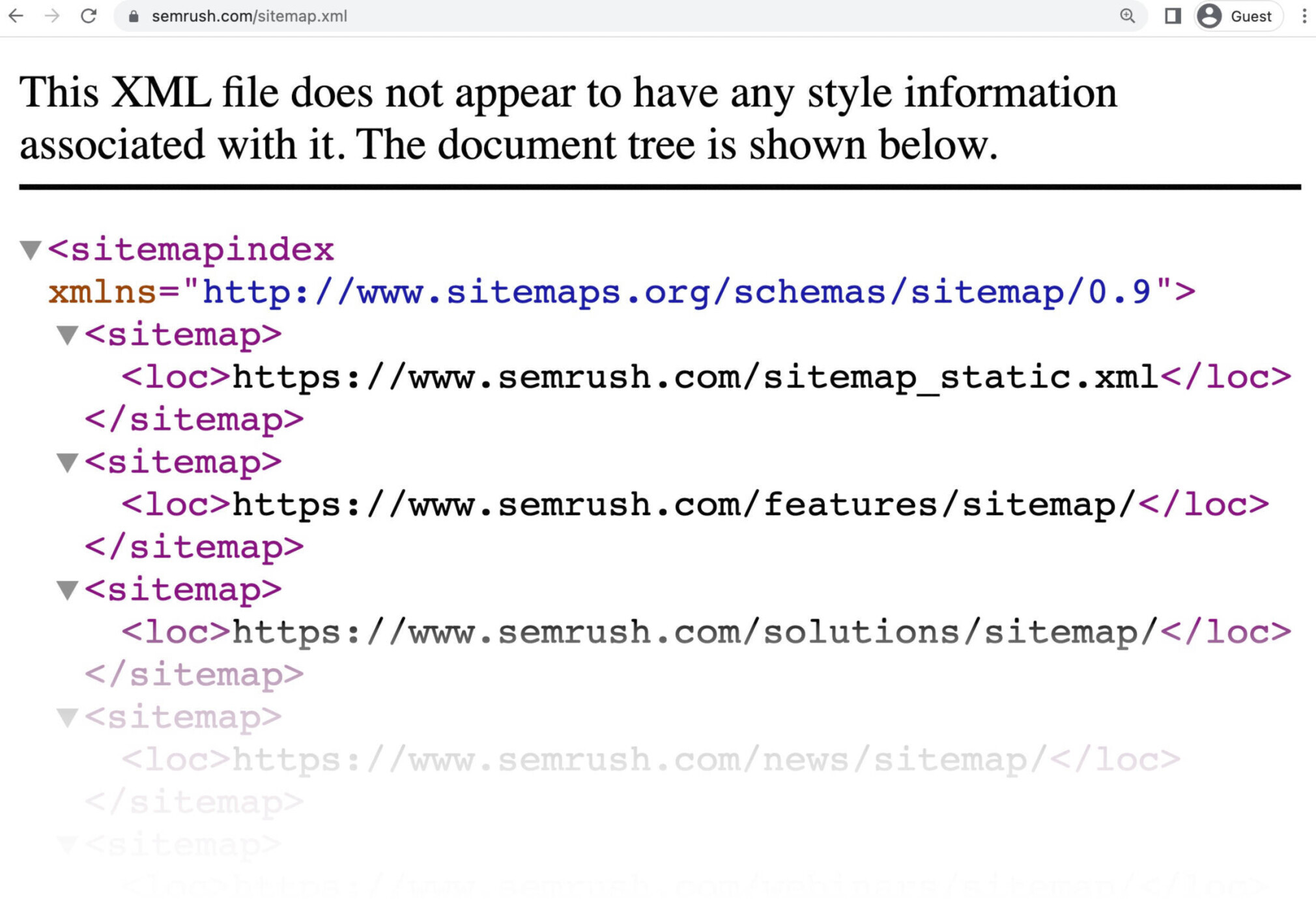
Or sometimes you might see a more cleaned-up version:
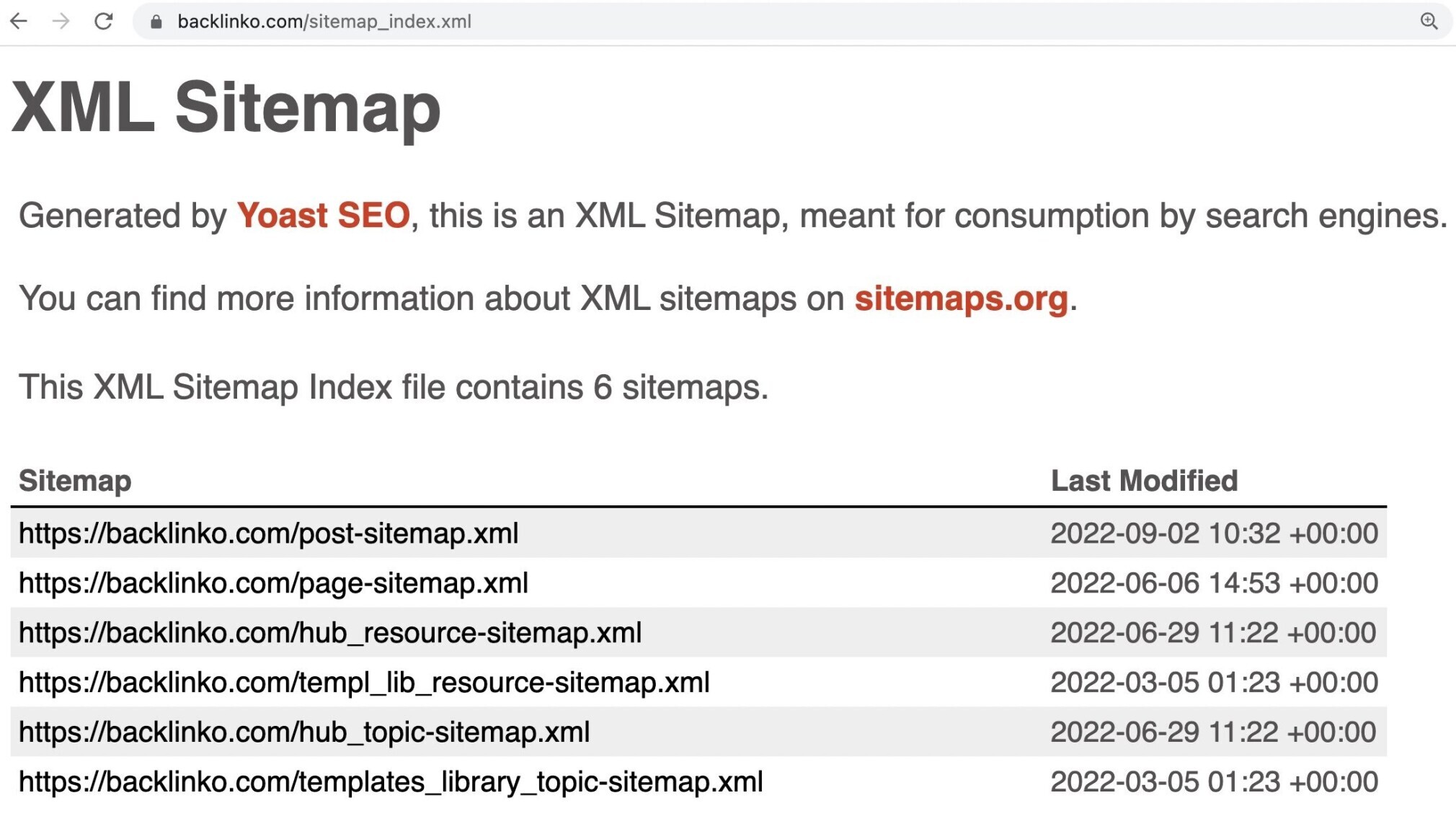
If your browser says it can’t find your sitemap at either of those URLs, you’ll need to check somewhere else:
Your website’s robots.txt file.
You can access the robots.txt file at this URL:
yoursite.com/robots.txt
And when you go to that page in your browser, your sitemap URL should be listed there, like this:
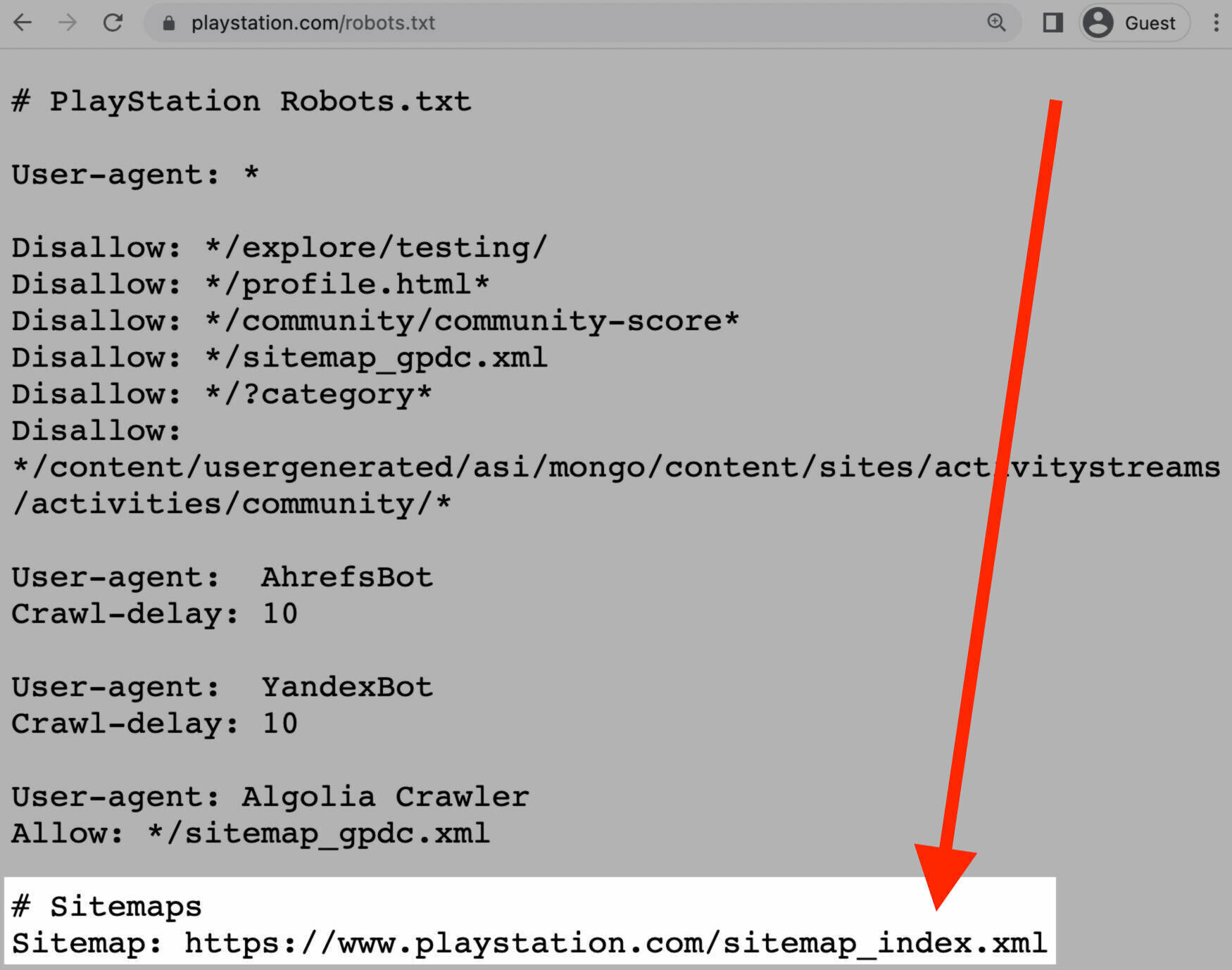
If you don’t have a sitemap at all, you will need to create a new one.
Submitting Your Website to Google
When you have your sitemap URL, head over to Google Search Console.
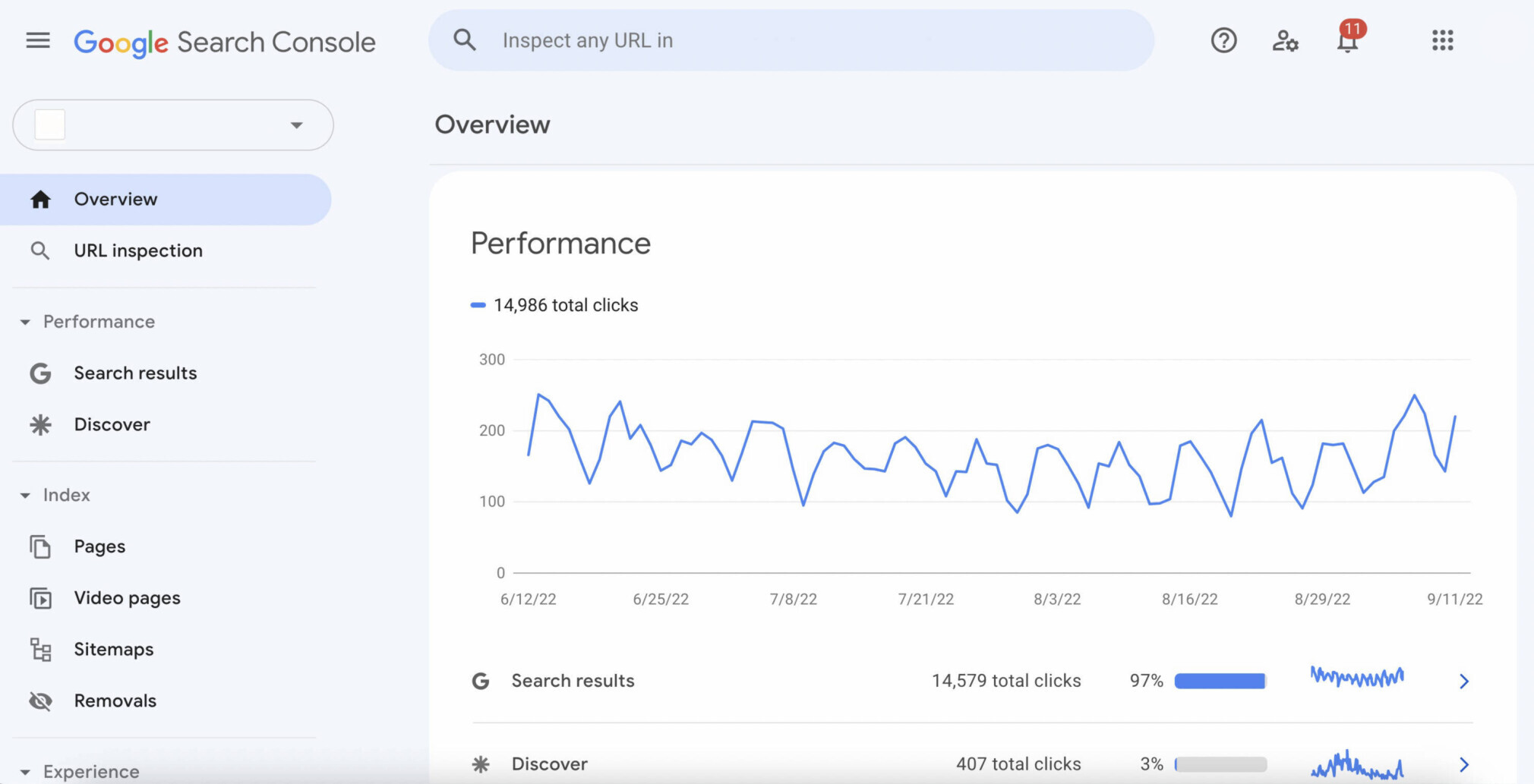
(Note: If this is your first time using Search Console, you’ll need to verify your website. After accessing Search Console, Google will walk you through the steps to do so.)
Click the “Sitemaps” link on the left-hand side of the screen. Then, under the “Add a new sitemap” heading, paste your sitemap URL into the input provided.
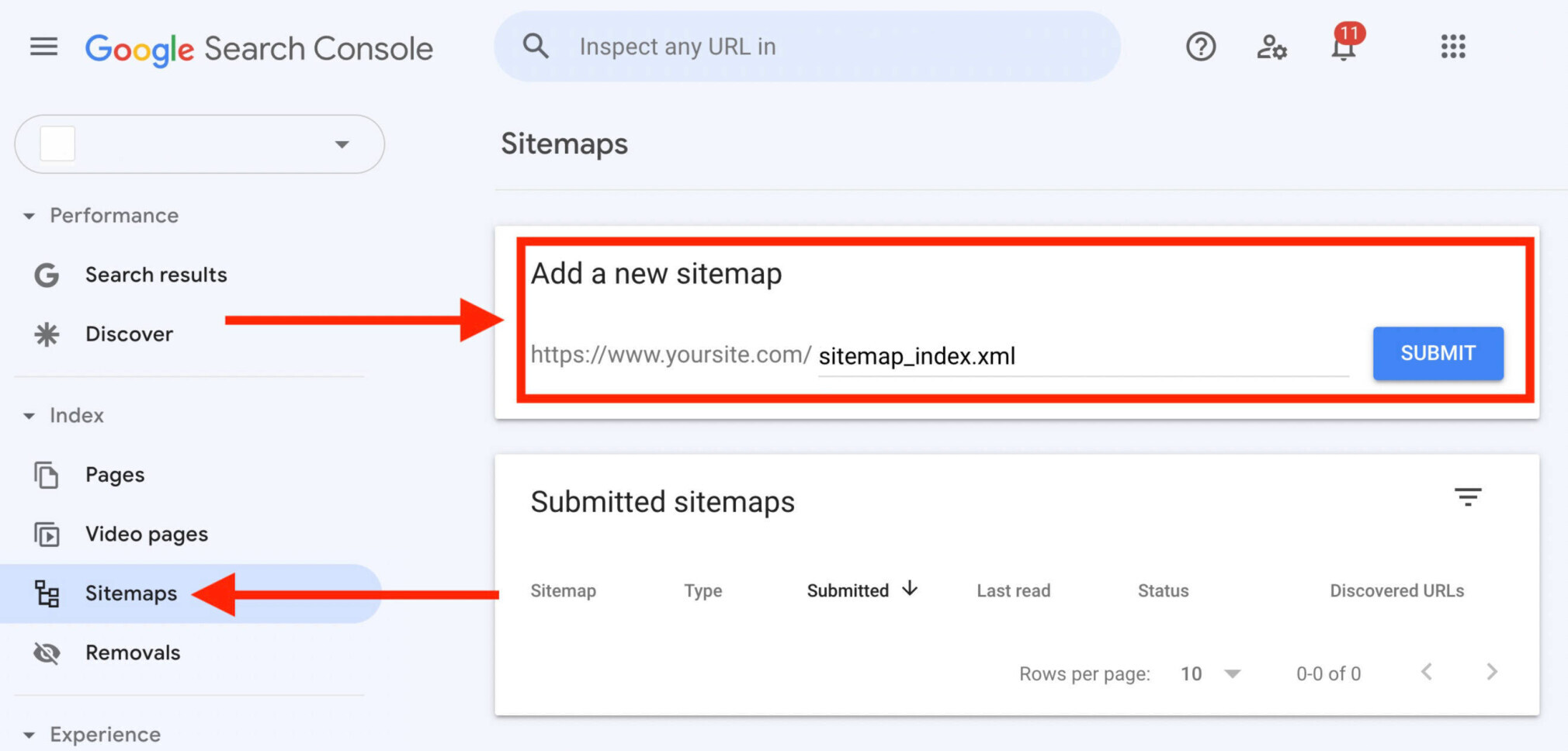
Then, hit the “Submit” button. And you’re done.
Submitting Your Website to Bing
You’ll also need your sitemap URL to submit your website to Bing.
To do that, open up the Bing Webmaster Tools and click on the “Sitemaps” link on the left.
Then, click on the “Submit sitemap” button.
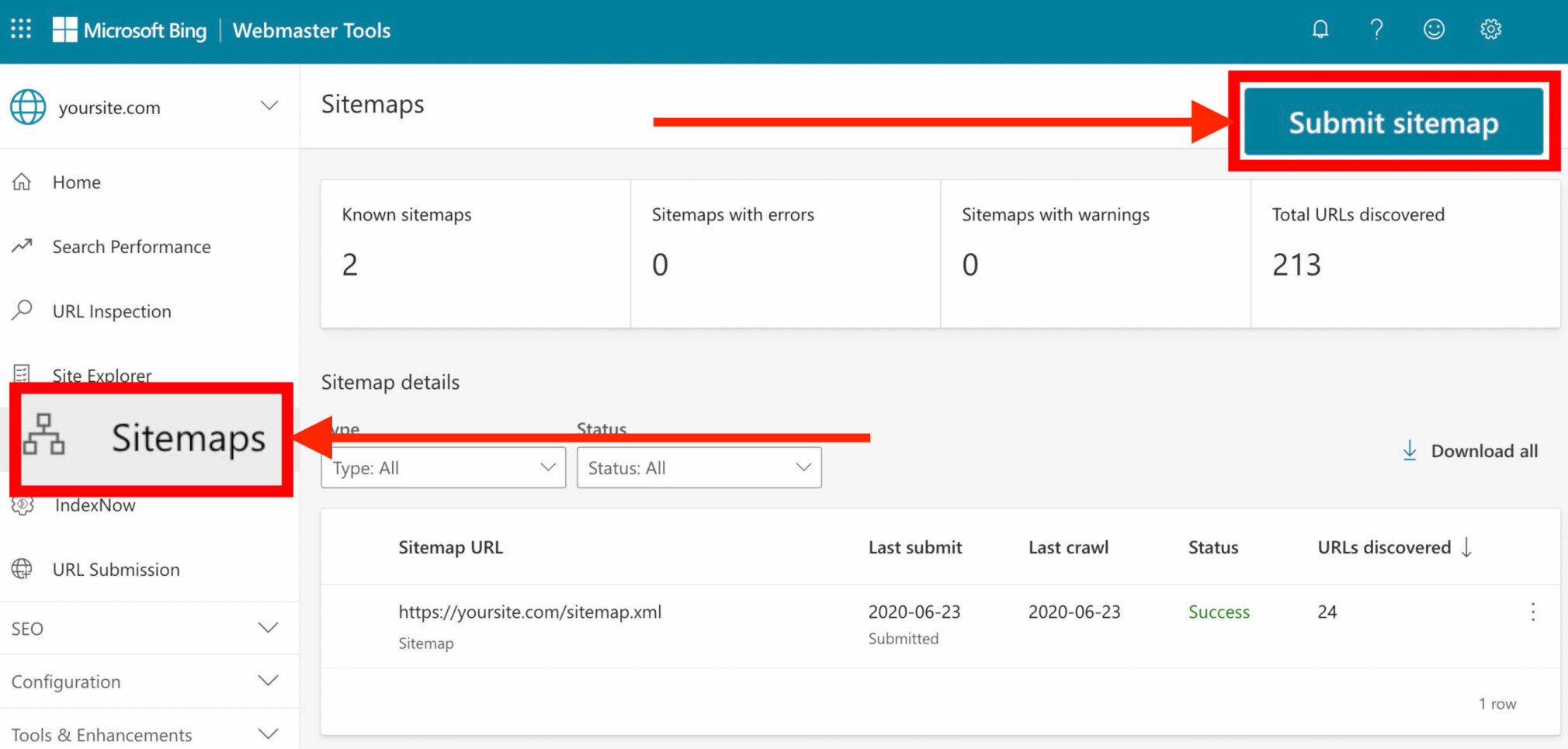
On the next page, you’ll paste your sitemap URL into the provided form.
Submitting Your Website to Yahoo
You can’t submit your website to Yahoo. That’s because Yahoo’s search engine is powered by Bing.
In fact, if you try to submit your website to Yahoo directly, the search engine will redirect you to the Bing Webmaster Tools.
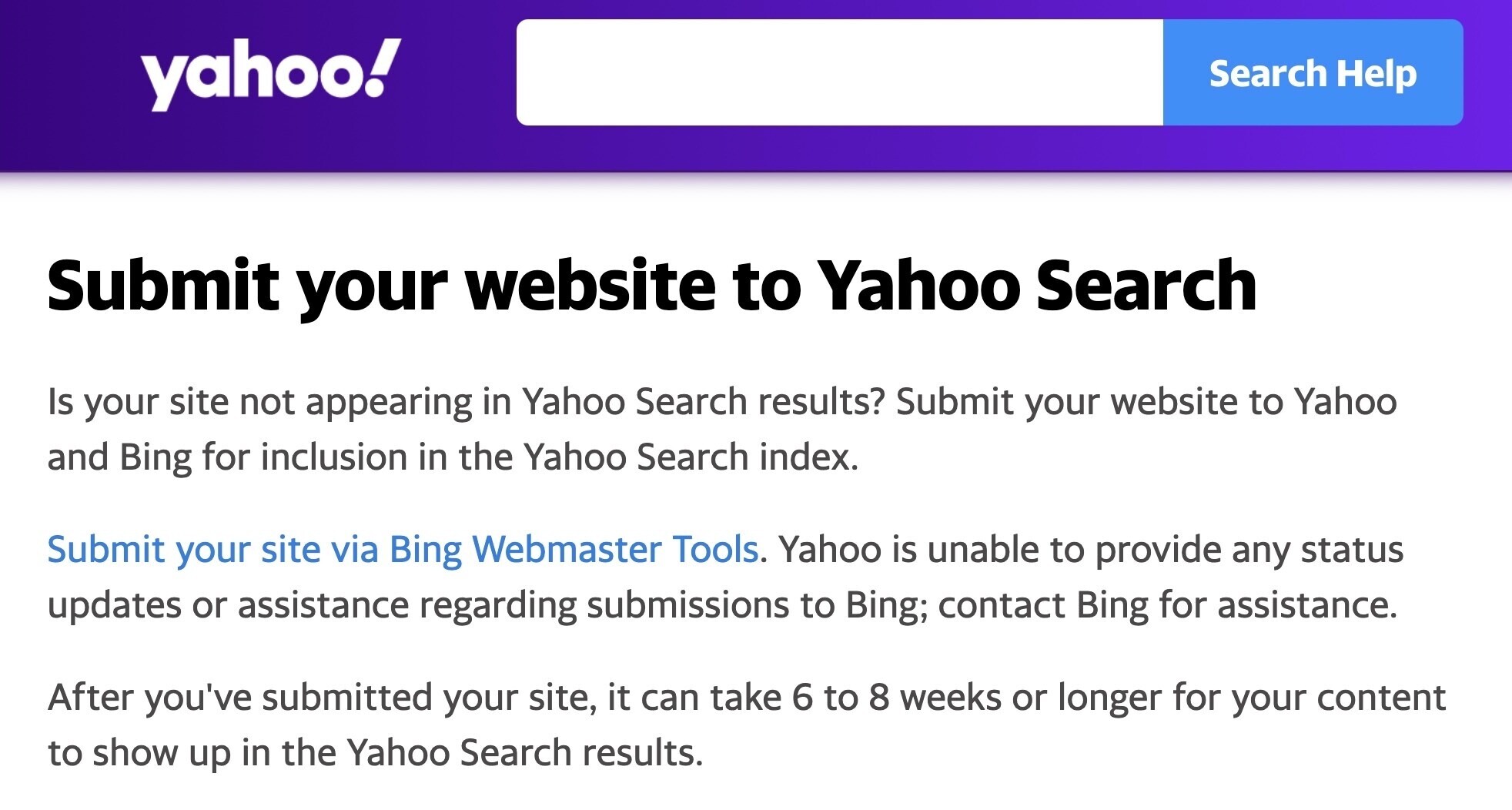
So to have your website appear on Yahoo, you need to submit it to Bing.
After Bing has indexed your website, it will also appear in Yahoo’s search results.
Submitting Your Website to DuckDuckGo
You can’t submit your website to DuckDuckGo. The search engine doesn’t have a manual submission feature.
Instead, DuckDuckGo’s search results are mainly drawn from Bing’s index. So if you’ve submitted your website to Bing, it should appear on DuckDuckGo, too.
Submitting Your Website to Yandex
Submitting your website to Yandex is similar to submitting it to Google and Bing.
First, you’ll need to verify your website on Yandex’s Webmaster Tools.
Next, in the Webmaster Tools, hit the arrow to the left of “Indexing” in the menu on the left side. This will reveal additional menu items. Click the one that says “Sitemap files.”
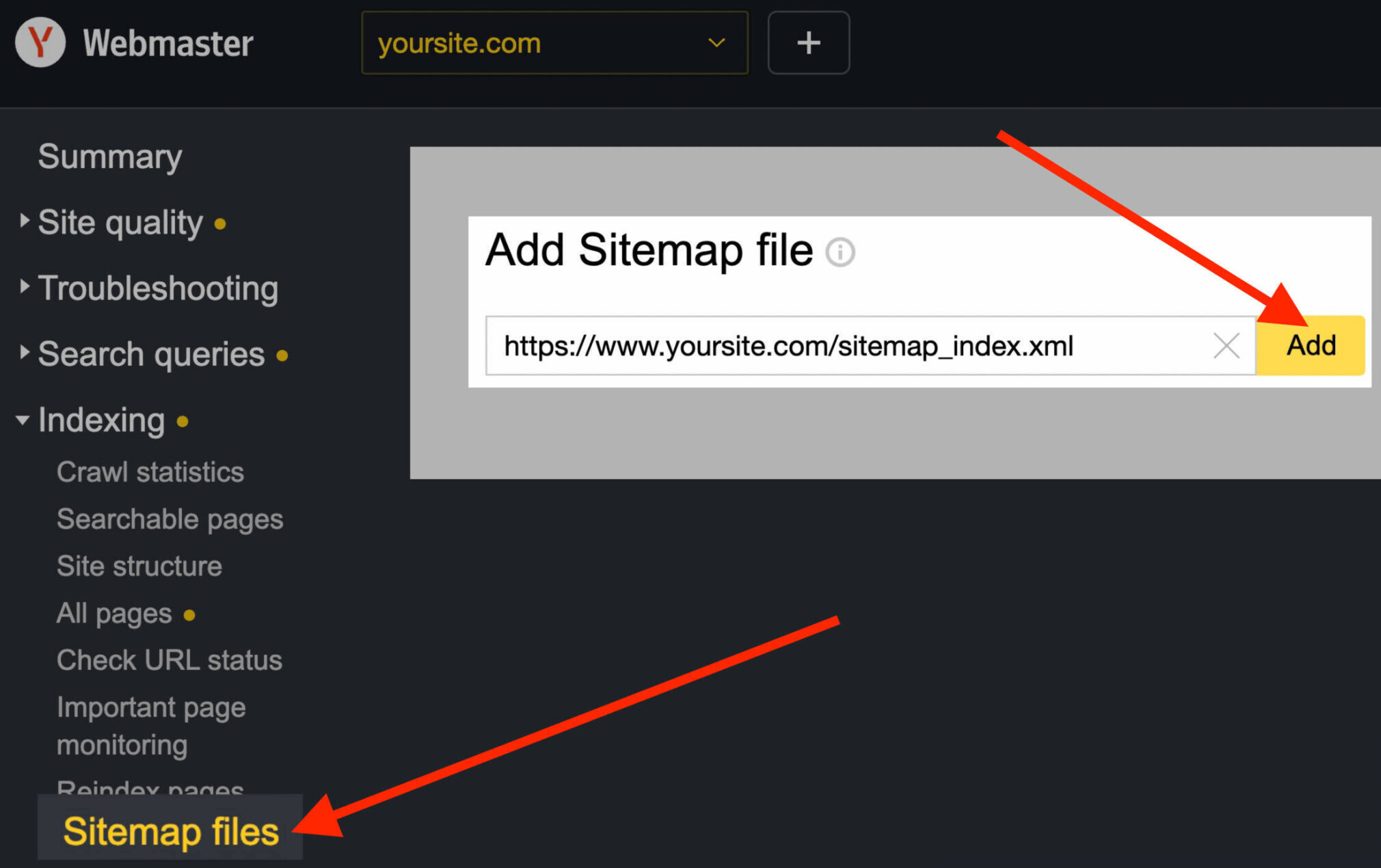
Paste your sitemap URL into the input provided. Then click “Add.”
How to Check If Your Website Is Indexed
The quickest way to check if your website is indexed by Google is to search for it on Google using this query:
“site:yoursite.com”
Like this:

You can also check whether your website is indexed by Google by using Google Search Console.
If you want to look up whether an individual webpage is indexed, enter the URL into the search bar at the top of the screen and hit Enter.
This will pull up the URL Inspection tool.
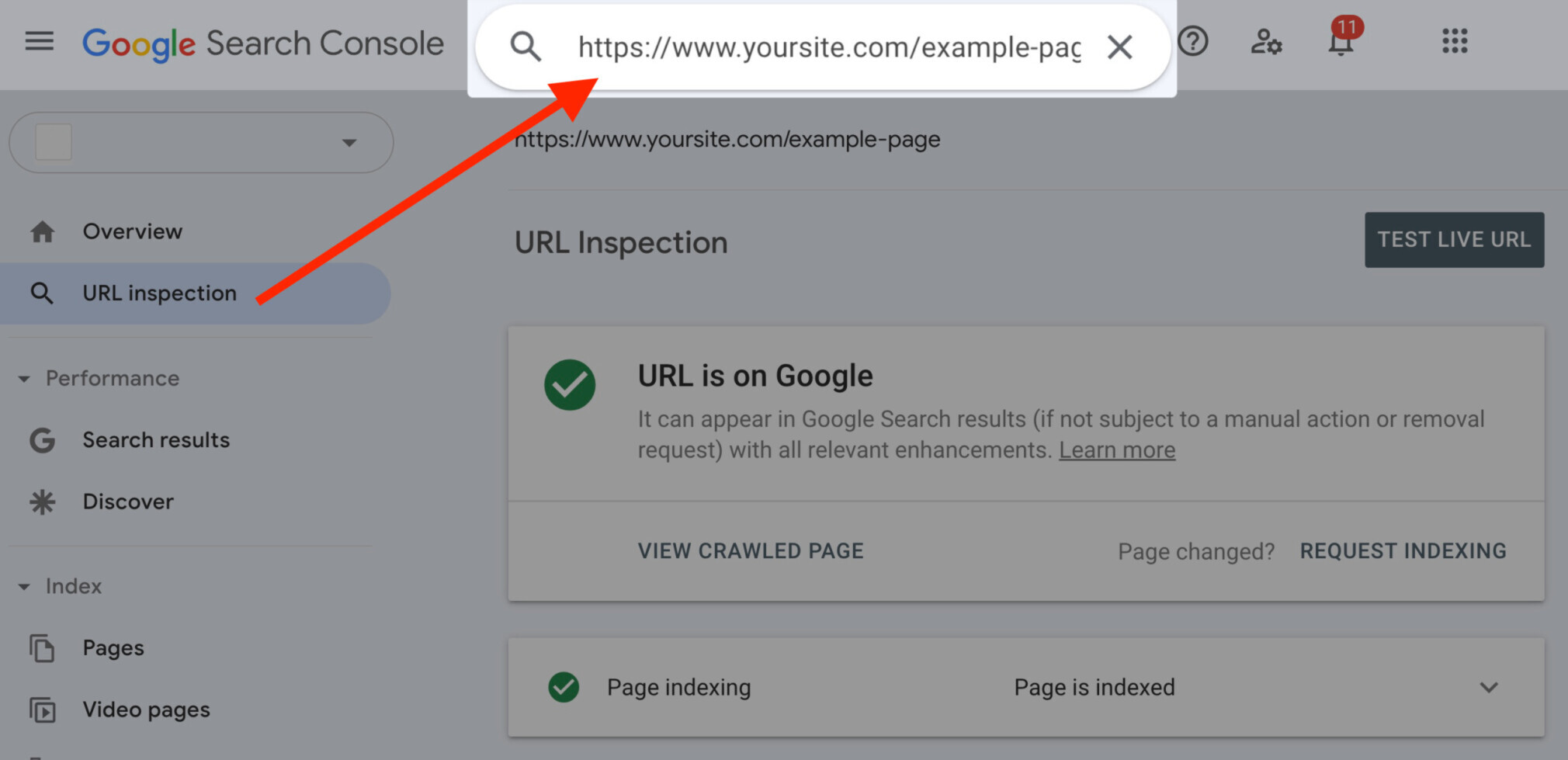
The URL Inspection tool will tell you the indexing status of the specific webpage you entered.
And if the page has not been indexed by Google, you can click “Request Indexing” to do so.
But if you want to check the status of all the webpages on your website, you’ll need to open up your Index coverage report.
That can be found by clicking the “Pages” link under the Index section on the left side of the page.
As of August 2022, the Index coverage report is now divided into two status categories: Indexed and Not Indexed.
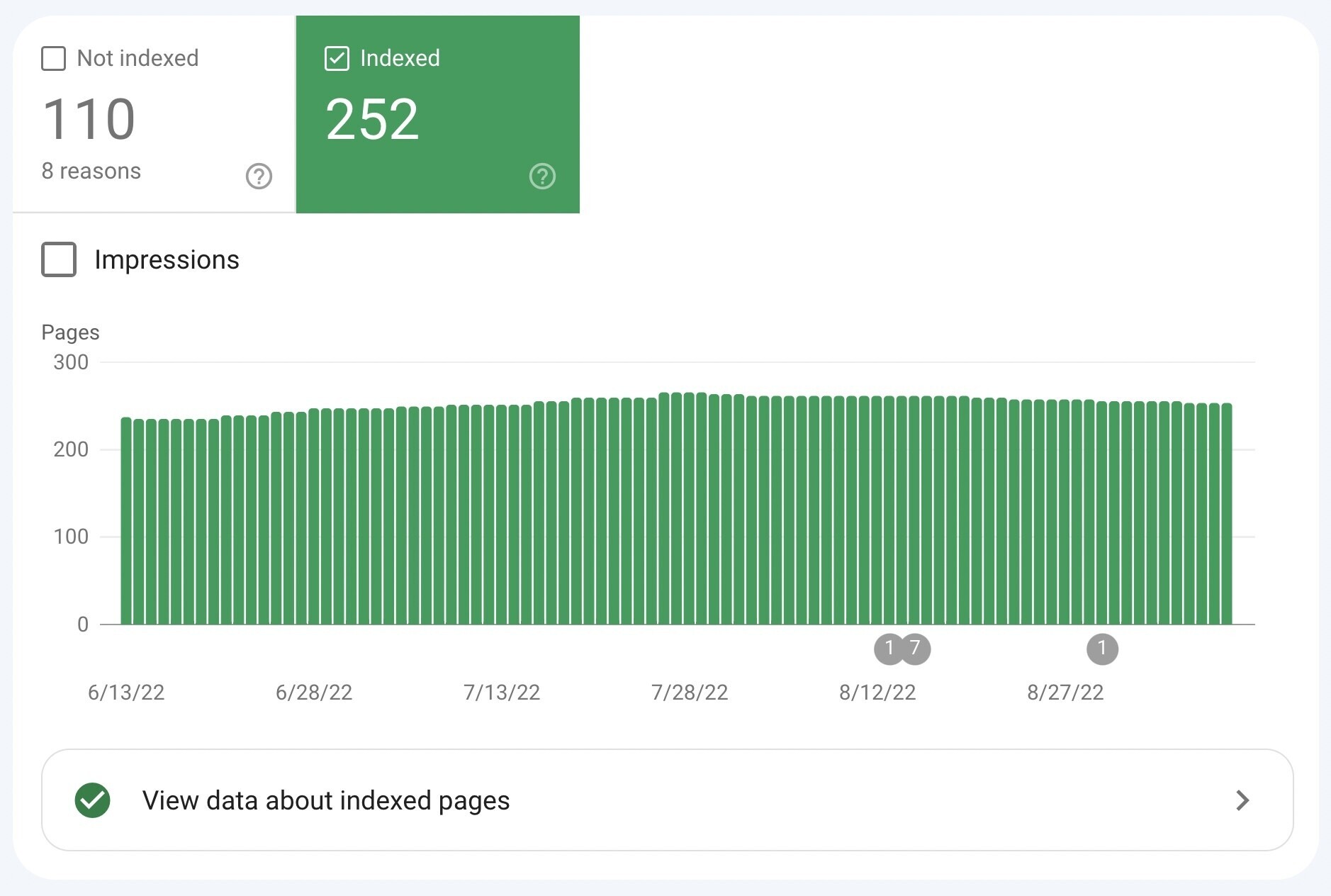
If you click on the “Indexed” category, you’ll see all the pages Google found on your website and successfully indexed.
And if you click on the “Not Indexed” category, you’ll see all the pages Google found on your website but did not index.
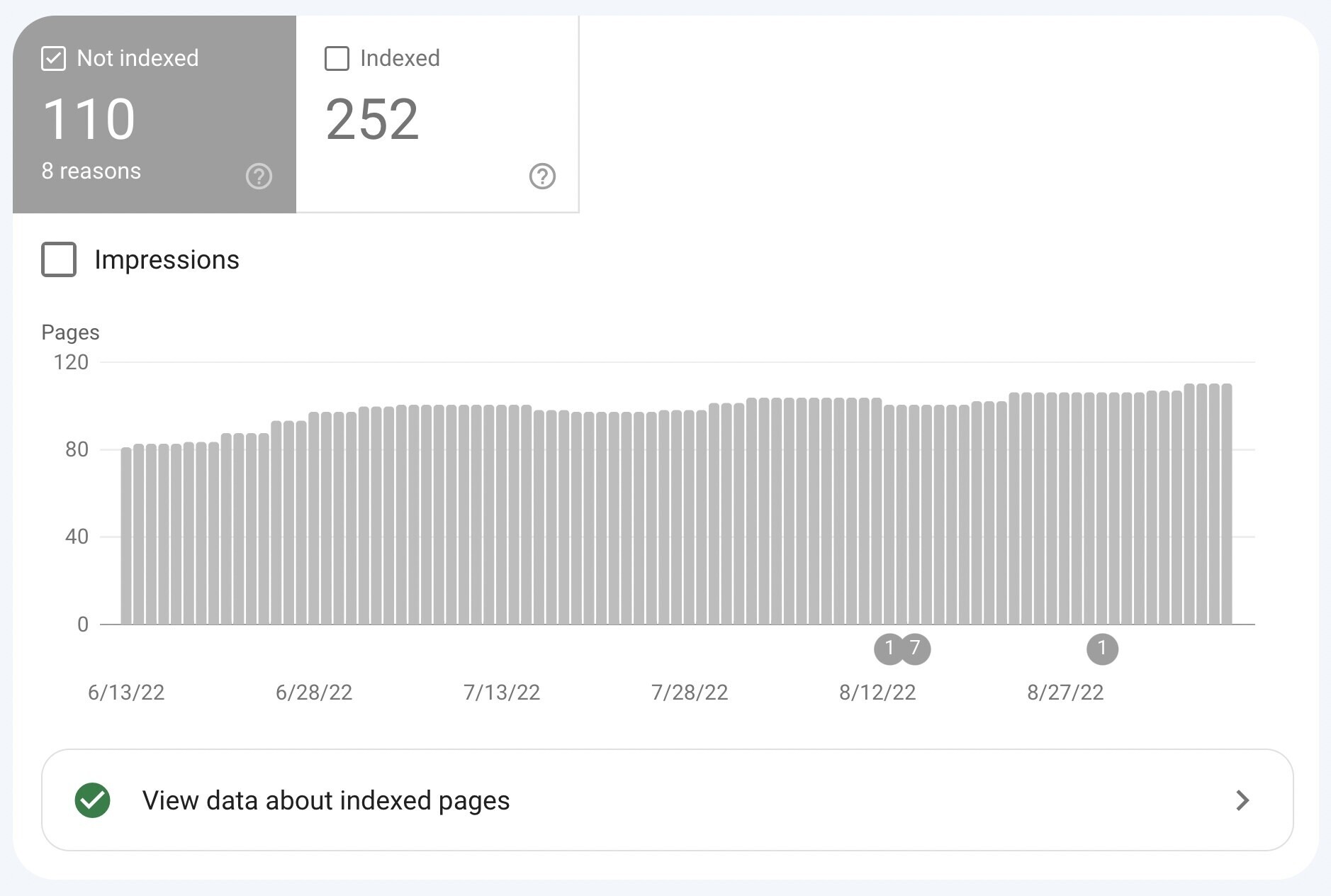
To check whether your website was indexed by Bing, you need to log into Bing Webmaster Tools.
Open the Site Explorer tool. Then, click on the drop-down menu in the upper left and click on “Filter by: Indexed URLs.”
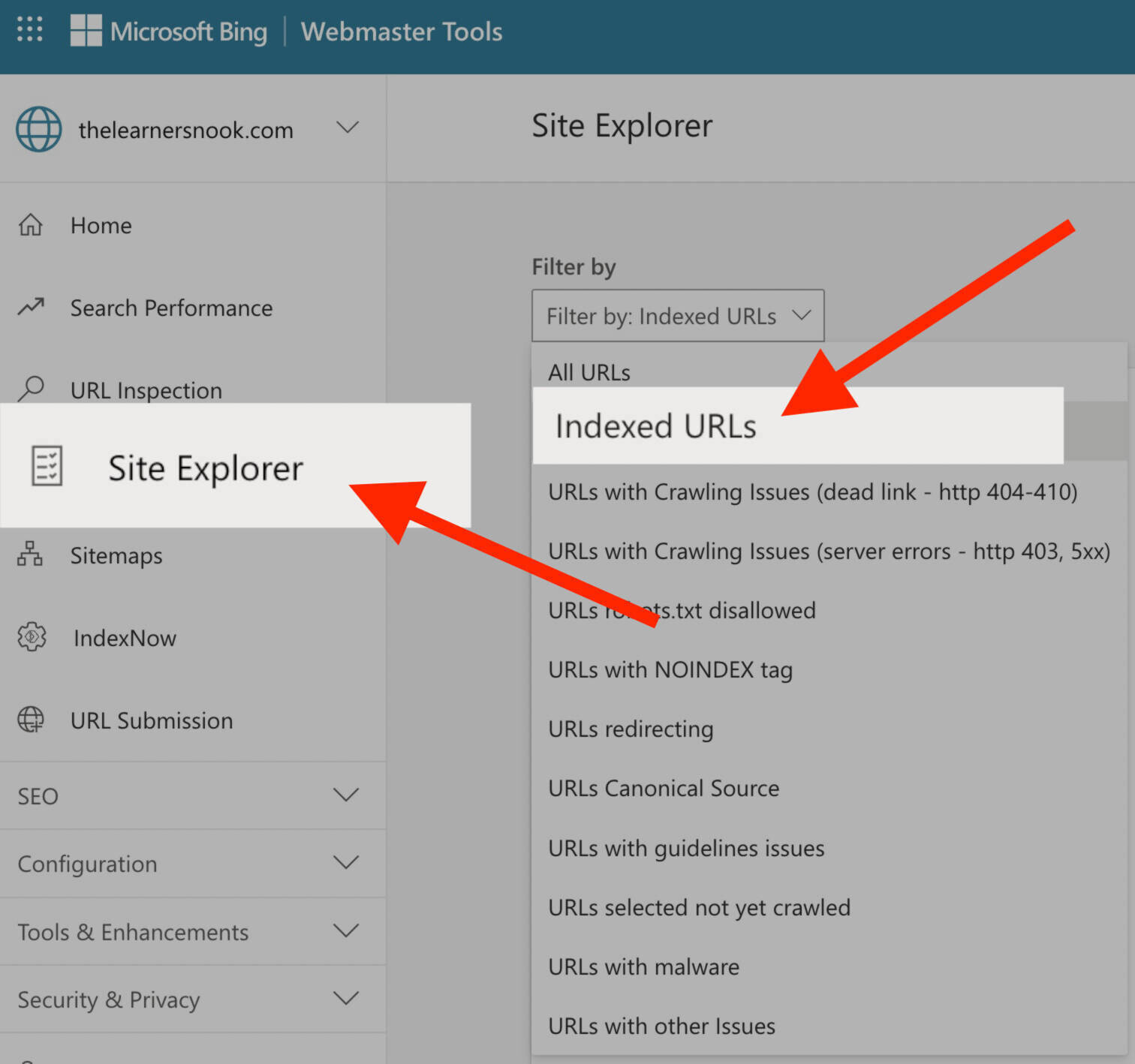
How to Fix Indexing Issues
While Google and Bing’s tools can diagnose the problem, Semrush’s Site Audit feature can tell you how to fix it.
Site Audit will generate a detailed analysis of your site structure.
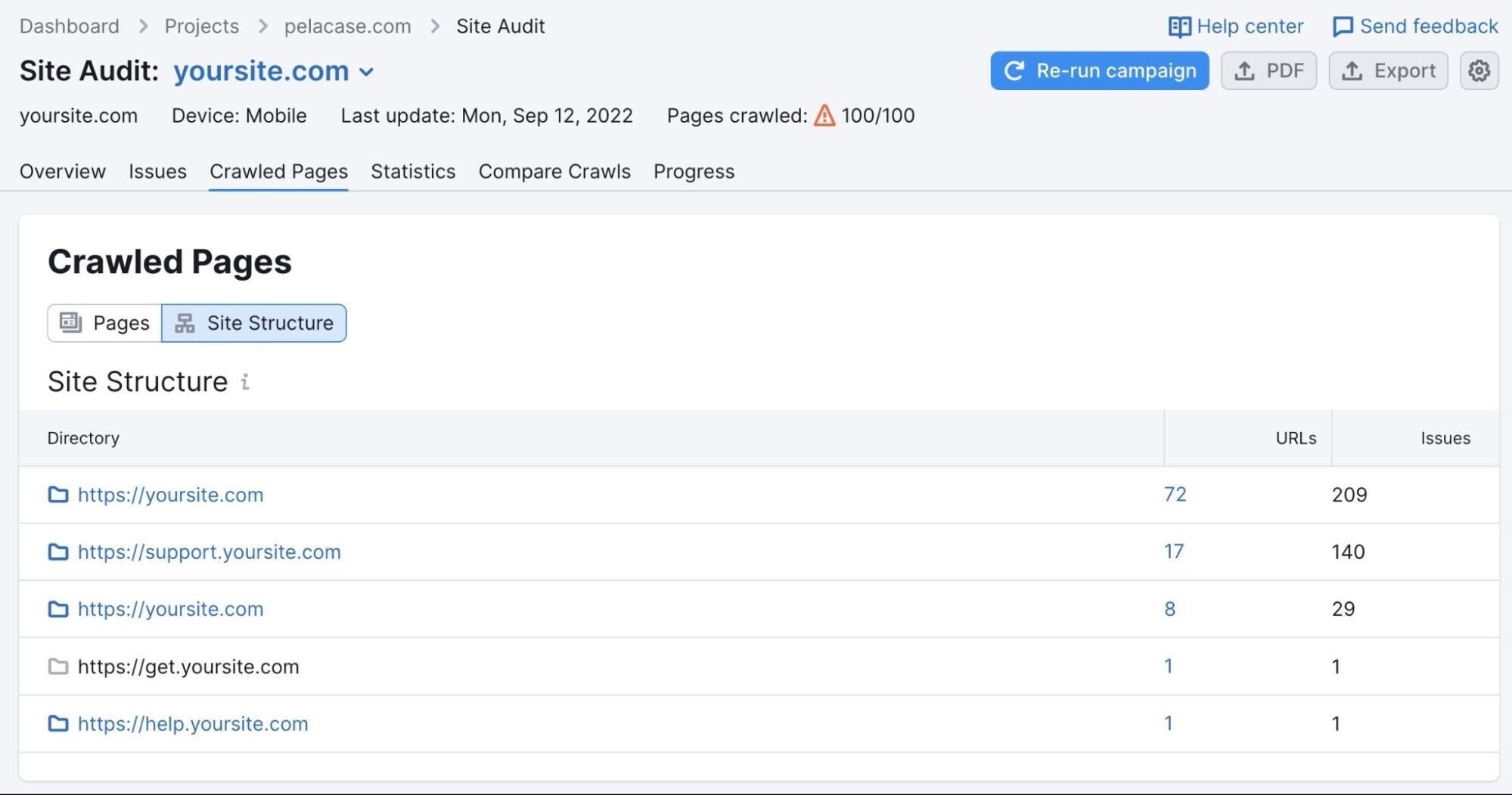
The report flags issues like duplicate content, orphaned pages, and broken links.
All of which can make it harder for search engines to index your website.
After you’ve followed Site Audit’s recommendations, follow the steps above to submit your website to search engines again. This will let them know about the improvements you made.
And it will help your site rise in the ranks.
Should You Use a Website Submission Service?
You should not pay for a search engine submission service. Submitting your website to the search engines directly is already fast, easy, and free.
Some website submission services claim they can get your website onto little-known search engines and directories.
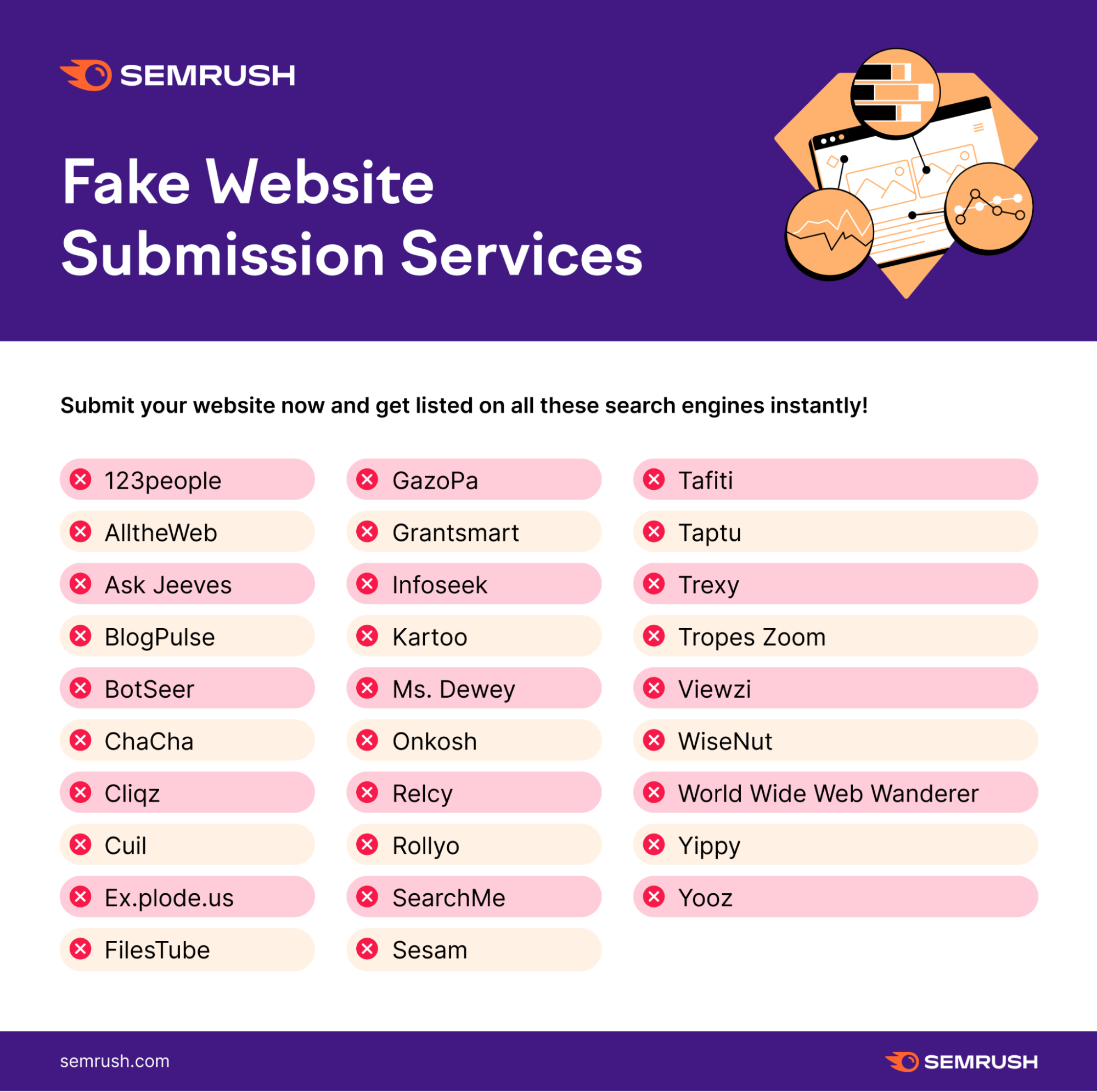
Don’t buy it. (Literally!)
The vast majority of people use Google as their search engine. As of July 2022, its global market share is over 91%.
So as long as your website is on Google, you’re in good shape.
But there’s another reason not to use a website submission service. And it has more serious consequences for your website.
Google doesn’t like it when you pay other sites to link back to your website. (Which is what a lot of those website submission services do.)
And if Google catches you doing this, it could penalize your website.
That means your webpages will appear lower in Google’s search results.
So stick with the official website submission options provided by the search engine itself.
Submitting your site and pages to Google and other search engines doesn’t need to be complex or take long, and so long as you follow a few simple steps you’ll see your URLs indexed in no time at all.

